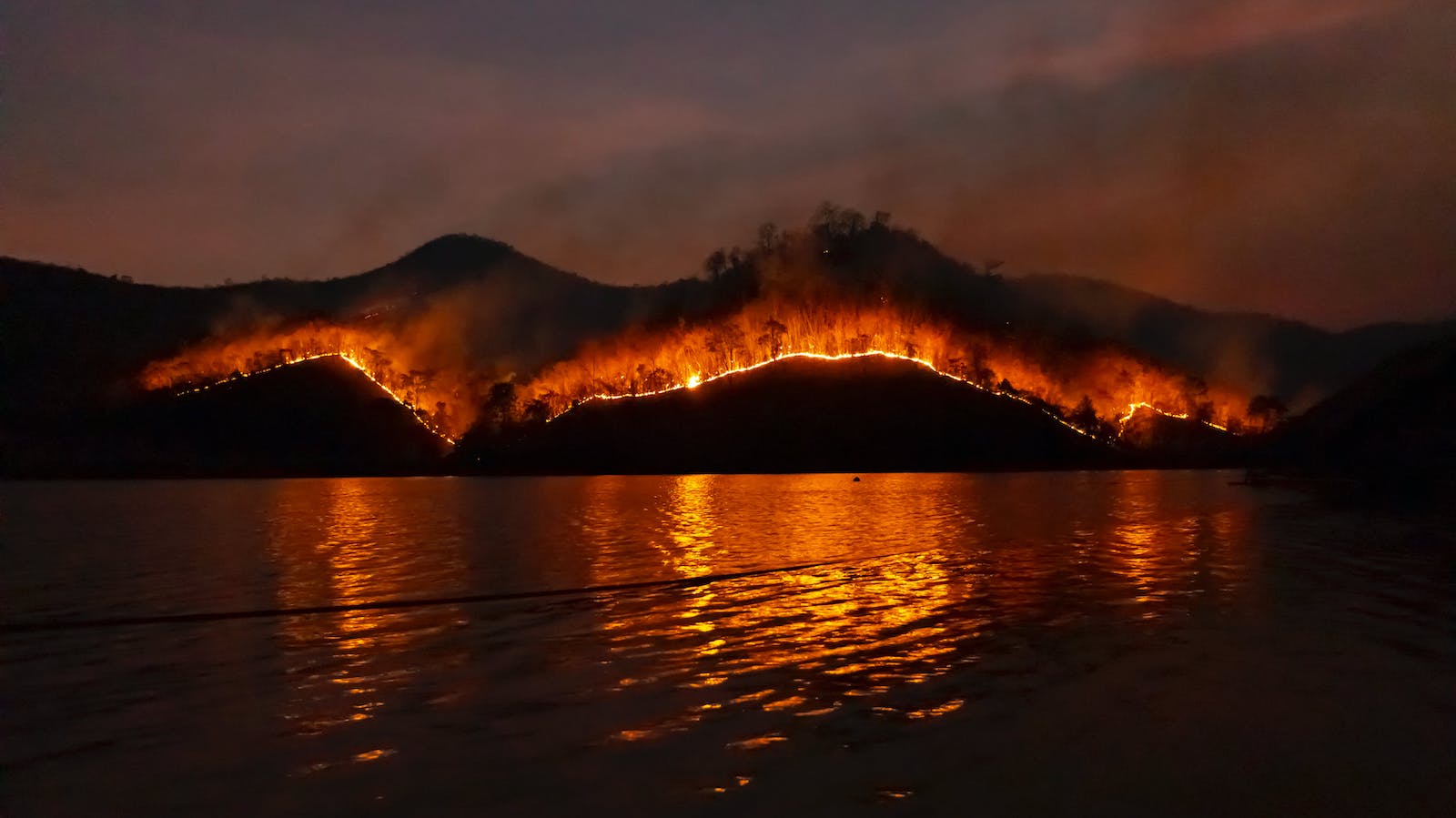KEY TAKEAWAY:
--Recent research estimates that one-third of the U.S. population now lives in the wildland urban interface, and construction in these areas is now the fastest-growing land use type in the coterminous U.S. This problem is no longer unique to traditionally wildfire-prone areas like California and the Pacific Northwest.
--Businesses can meaningfully reduce their risk with simple improvements like cleaning gutters and removing debris, protecting vents and openings from embers and eliminating all combustible materials within five feet of the structure.
----------
The recent West Maui fires are a stark reminder of the growing impact of wildfires on both people and property across the globe. These wildfires were the deadliest in the U.S. in over a hundred years, as close to 100 people lost their lives in a matter of hours and thousands of homes and businesses were destroyed. A preliminary estimate by the University of Hawaii Pacific Disaster Center estimates the cost of rebuilding West Maui from the recent wildfires could exceed $5.5 billion. The ferocity of the fire devastated the town of Lahaina and surrounding areas in a way not previously seen on the islands, fueled by high winds from an offshore hurricane as well as local drought conditions.
Wildland fires have become more frequent, complex and severe over the last two decades. Between 2005 and 2022, nearly 100,000 structures were destroyed by wildfire in the U.S. alone. In addition to the significant human toll, the financial costs are staggering; according to the American Property Casualty Insurance Association (APCIA), private insurers paid over $50 billion in claims from 2017 to 2022, and the federal government alone spends over $2.5 billion on wildland fire suppression annually.
While contributing factors include invasive species, land management practices and the impacts of anthropomorphic climate change, the proliferation of people and property in the wildland urban interface (WUI), or settled areas adjacent to wildland vegetation, increases the risk of catastrophes.
Recent research estimates that one-third of the U.S. population now lives in the WUI, and construction in these areas is now the fastest-growing land use type in the coterminous U.S. The regrowth of vegetation and forests in previously cleared or developed lands like Lahaina represents only a small portion of the growth of property within the WUI. Most of this growth can be attributed to new housing developments and population migration. When these new housing developments plant roots, businesses of all types that serve residents are not far behind. This is especially a concern because of the number of wildfires attributed to human sources; 89% nationwide and 94% within California.
This problem is no longer unique to traditionally wildfire-prone areas like California and the Pacific Northwest. The population growth in the southeastern U.S. has outpaced the overall growth rate of the country by 40% over the past 50 years; the growth rate of homes and businesses in the WUI has been in the double digits, as well, particularly since 1990.
See also: What to Do About Climate Risks?
Economic Headwinds
Greater wildfire resilience is clearly needed for communities across the globe, but the way forward is complicated by many factors. These include current economic conditions, such as:
- Rising interest rates, which have made home ownership significantly more expensive than it was just five years ago.
- A surge over the past three years in migration to rural and suburban areas, where there are more likely to be developments in the WUI.
Constructing homes and businesses in the WUI can also lead to higher wildland firefighting costs, which are often not considered by developers, homeowners and local governments. In turn, strains increase on wildland firefighters, who are already struggling to manage the increasing size and complexity of wildfires. The problem is real and worsening for a workforce that faces dangerous conditions on an almost daily basis.
See also: Our New Era of 'Global Boiling'
The Road to Greater Resilience
The U.S. Bipartisan Infrastructure Law of 2021 included funding for the creation of the Wildland Fire Mitigation and Management Commission, chaired by the departments of Interior and Agriculture, as well as FEMA. The commission, a broad range of experts from both the public and private sector, recently released "ON FIRE: The Report of the Wildland Fire Mitigation and Management Commission." This comprehensive report on the U.S. wildfire problem includes over 100 recommendations across eight key themes, including mitigation, management and post fire rehabilitation and recovery. While the report is broad and designed for policymakers, it makes clear that risk reduction for structures is a key component when it comes to minimizing risk.
Even though the costs to retrofit homes and businesses to make them more wildfire-resistant can range widely, businesses can meaningfully reduce their risk with simple improvements like cleaning gutters and removing debris, protecting vents and openings from embers and eliminating all combustible materials within five feet of the structure.
Additionally, it is important to consider the risk to employees from wildfire smoke. Gases and fine particulates emitted by wildfire can irritate the eyes and respiratory system; they can also worsen chronic heart and lung diseases. Rescheduling work, reducing the level or duration of physical exertion and reducing contact time are just some of the ways to protect outdoor workers when air quality is poor.
In recent weeks, a 150-year-old banyan tree that was damaged in the Lahaina fire, a well-known and beloved landmark, began to sprout new green leaves. In the face of devastation, nature is remarkably resilient and adaptive. Greater wildfire resilience will require a mix of prevention, technology, education and investment. Many of the steps needed will be difficult, requiring public/private partnership and community-wide support.
At the organizational level, businesses should seek to understand the potential risks to their operations today and in the future, as wildfire risk will continue to evolve in the decades ahead. This knowledge can help companies prioritize where investments in greater resilience are needed and support informed decisions when it comes to acquisitions and developments.
While the work needed to address the wildfire problem is wide-ranging, the road to greater resilience can begin with simple steps -- one business, one location, at a time.






